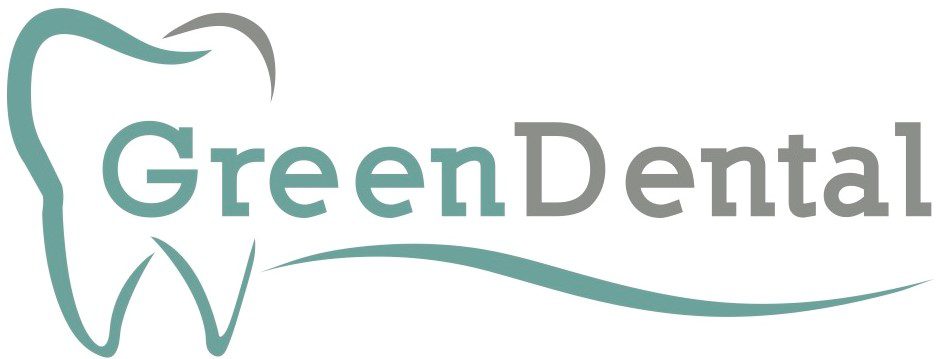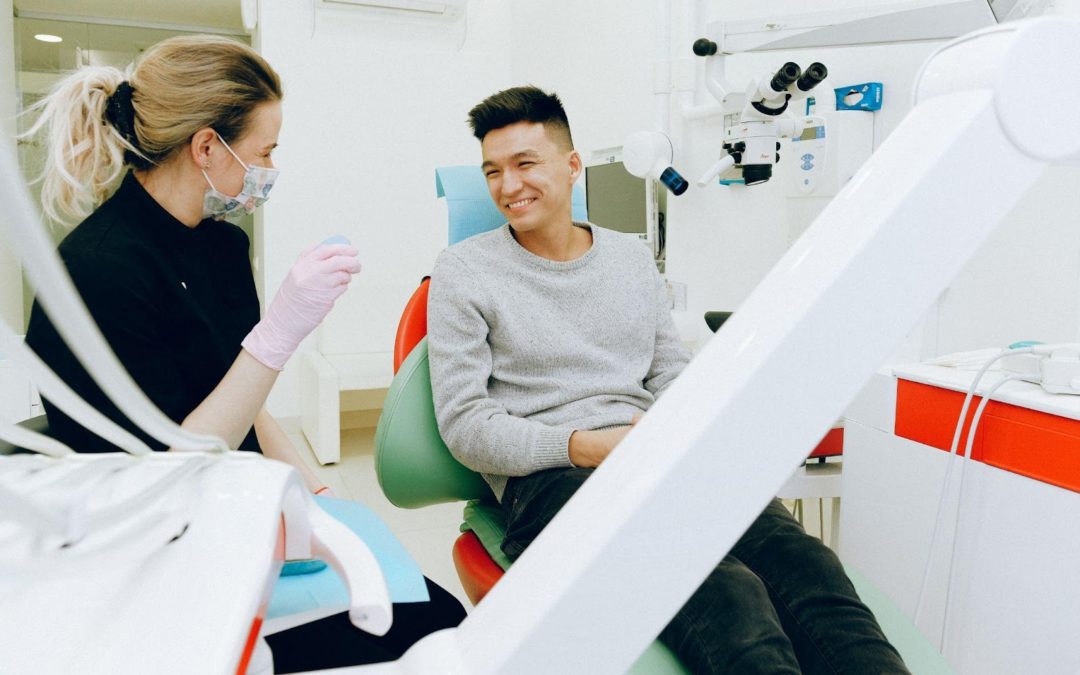The thought of having a tooth extraction can be a scary one. Especially if it’s your first time having one and you don’t know what happens during the procedure. This article aims to alleviate some fears and tell you what happens during tooth extractions, so you know exactly what to expect when you sit down in the chair.
Whether you’re removing teeth because of overcrowding, for a wisdom tooth extraction, or any other reason, tooth extractions are a safe, routine procedure. As experienced dentists in Dublin, you know you’re in safe hands with Green Dental.
Before the extraction
Your dentist will let you know how to prepare for the procedure beforehand and discuss the process with you. If you need to, don’t be afraid to bring a family member or friend along to support you. And if you have any more questions, don’t hesitate to get in contact with your dentist.
If you know you’ll be going under sedation or general anaesthetic, then you shouldn’t eat beforehand. But if you’re only having local anaesthetic, it’s a good idea to have something to eat first — eating will be more difficult afterwards, and you don’t want to feel faint following the tooth extraction. Just remember to brush your teeth thoroughly before the procedure.
Different types of tooth extraction
There are two types of tooth extraction: simple and surgical. In a simple extraction, your tooth is visible in the mouth. A surgical extraction is necessary if the tooth has broken at the gum line or hasn’t erupted in the mouth, and involves the dentist making a small incision in the gum.
Your dentist will let you know in advance if you need a simple or surgical extraction.
Tooth extractions: the process
The first step is numbing the area around the tooth with local anaesthetic. This is administered using a needle, and means that you’ll be awake during the procedure. The needle may feel strange or uncomfortable, but it shouldn’t hurt.
During the procedure, a suction device removes saliva from your mouth, making the dentist’s job easier and safer.
The dentist will loosen your tooth with an instrument called an elevator by rocking the tooth back and forth. They’ll then use dental forceps to remove the tooth.
Due to vibrations travelling through the jaw and to the ear, it’s common to hear snapping or creaking sounds as the tooth is rocked back and forth. These can be disconcerting, but they’re entirely normal and no cause for alarm. You may also feel some pressure around the tooth.
To control bleeding after the procedure, your dentist will give you a piece of soft padding to bite down on to create pressure.
Aftercare
As a general rule, you should avoid very hot food, and try eating soft meals instead. You should also avoid smoking after the tooth extraction. After 24 hours, rinse your mouth with warm salt water. Brush your teeth carefully and take care to avoid dislodging blood clots — you need them to heal.
It may take a few hours for the feeling to return to your mouth after the local anaesthetic. You can take over the counter painkillers for pain relief. If your pain or swelling gets worse or if you have a high temperature, contact your dentist.
Looking for a dentist in Dublin?
Whether you need to have a tooth extraction or just a check up, Green Dental is here to help. From tooth whitening to orthodontics, we offer a range of services. Take a look at our pricing for more information or get in touch to book an appointment at our dental clinic.

